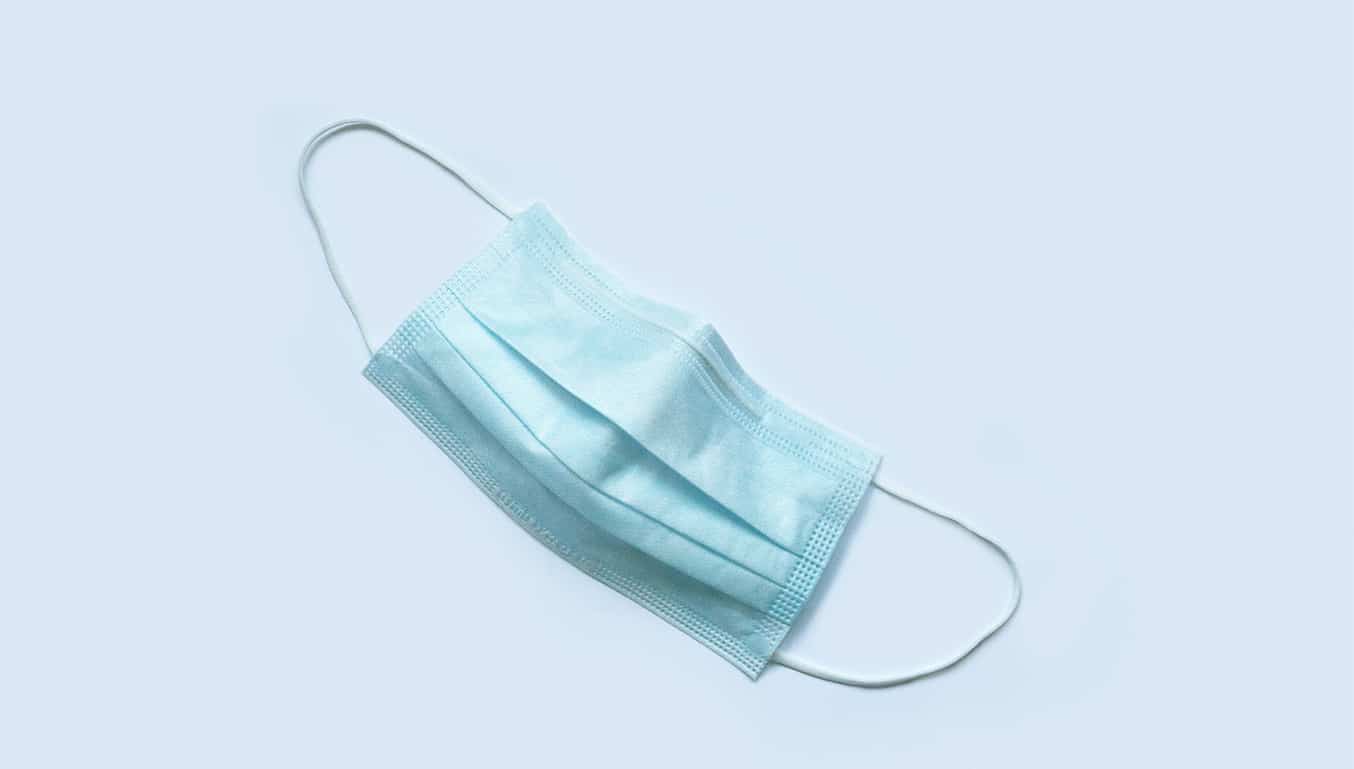Protection from health and safety detriments and the right to PPE should cover ‘workers’ as well as employees, High Court rules.
Until coronavirus arrived in the UK places like offices, shops, care homes, hospitality venues and other peoples’ own homes were rarely considered to be potentially dangerous places to work. That’s why so few businesses had any awareness or experience of their employees’ rights under S44 and S100 of the Employment Rights Act 1996. In brief, S44 and S100 protect employees from being subjected to a detriment, or being dismissed if they leave work, refuse to attend work, or take some action, because they reasonably believe there is a threat of ‘serious and imminent danger’. It often comes as a surprise to employers that it is the employee’s belief that counts, depending on the information available to them at the time, and not the employer’s opinion.
Protection from health and safety detriments and the right to PPE should cover ‘workers’ as well as employees, High Court rules.
The right not to subjected to H&S detriments, and the right to be provided with PPE where an activity at work cannot be avoided, derive from European Directives (The Framework Directive and The Personal Protective Equipment Directive). However, in UK law these rights only apply to employees, not workers. In its application for a judicial review, the Independent Workers Union of Great Britain (IWUGB) argued that the government had failed to implement these European H&S Directives and that workers should be given the same protection as employees. Last week the High Court agreed with the IWUGB [The Independent Workers’ Union of Great Britain v The Secretary of State for Work & Pensions and others]
With so many workers in the gig economy operating in public facing roles, from care workers to taxi and deliver drivers, this case significantly expands the number of people afforded H&S protection, and the right to bring claims against their employers. If businesses had an urgent need to understand these key H&S rights when COVID 19 first afflicted the UK last Spring, that need is even greater now.



